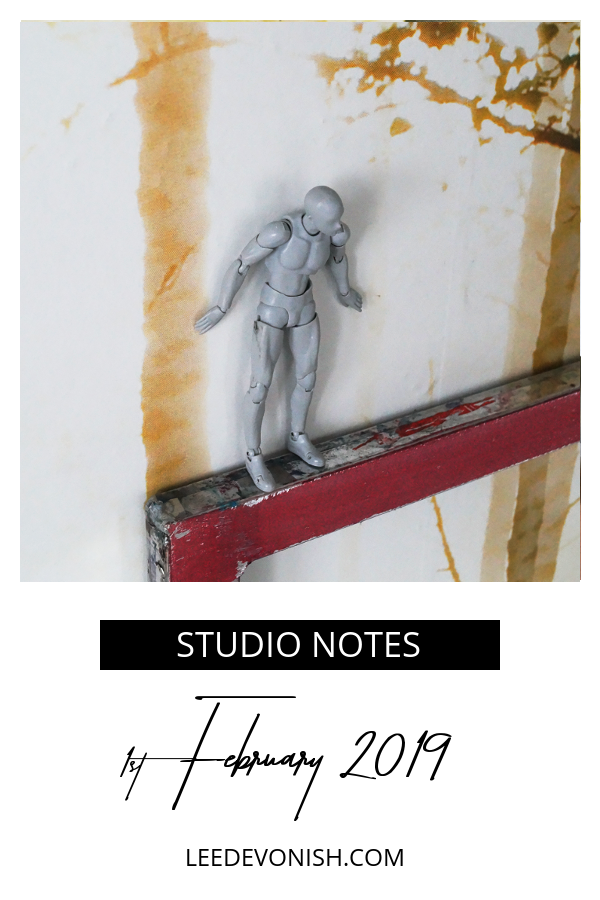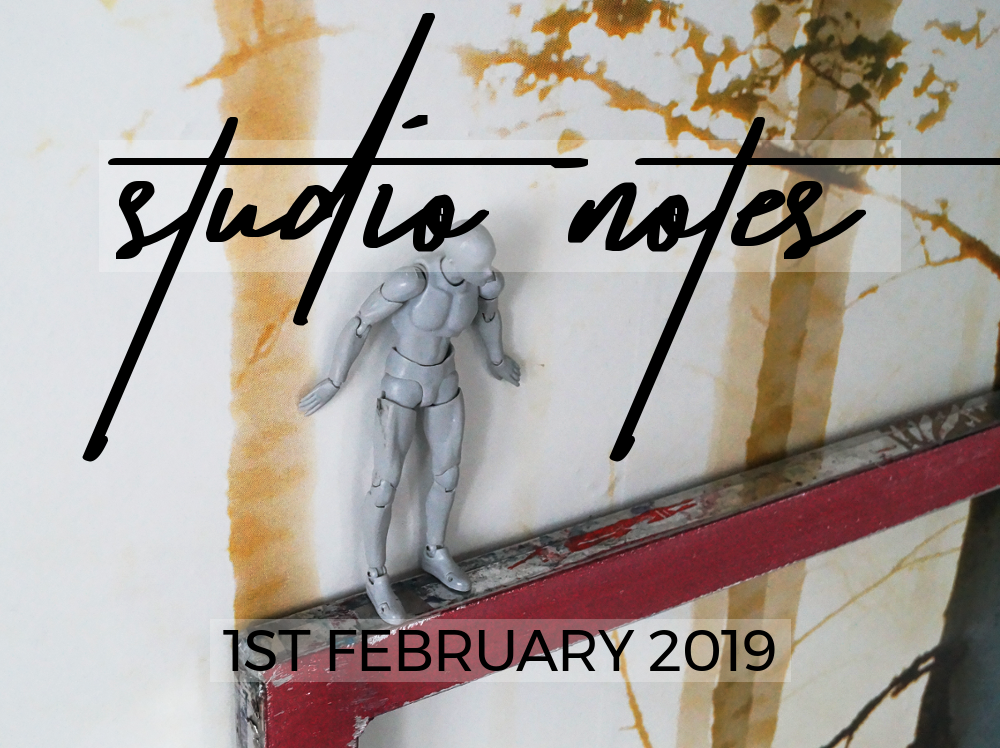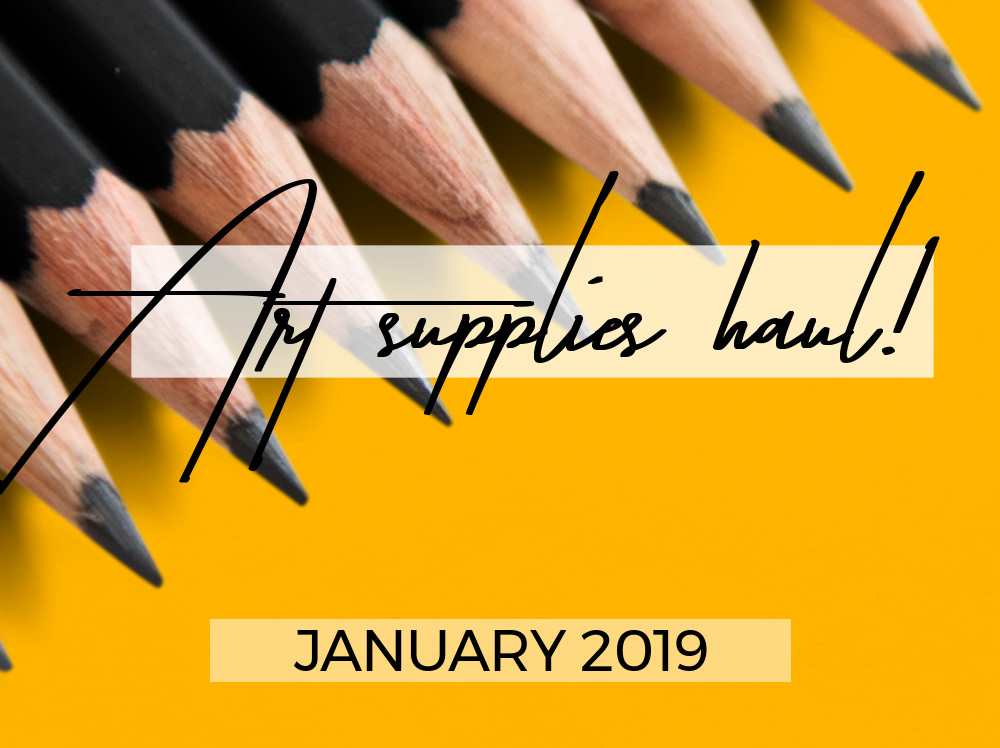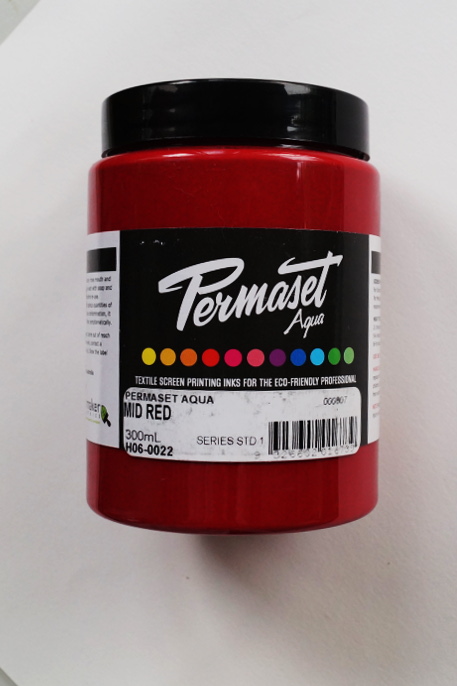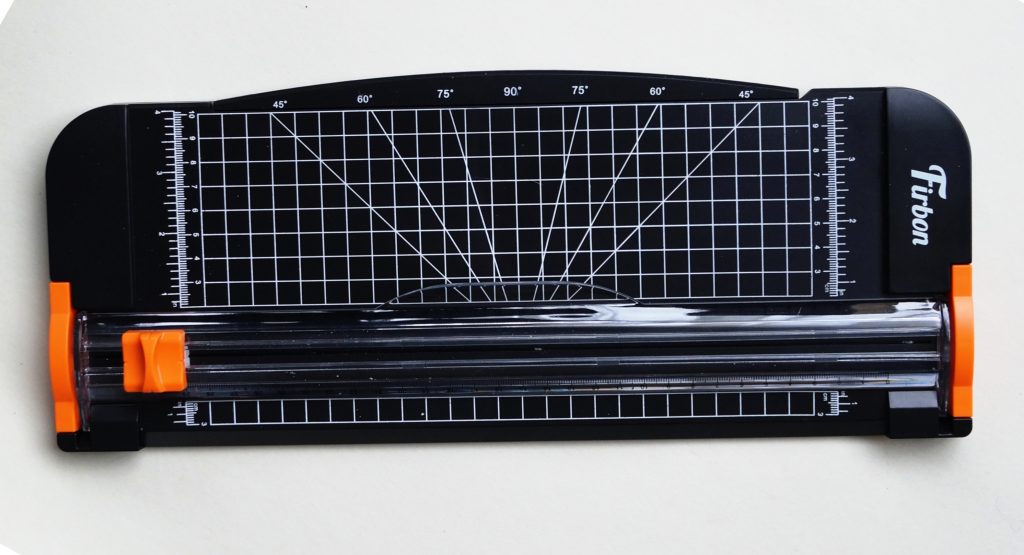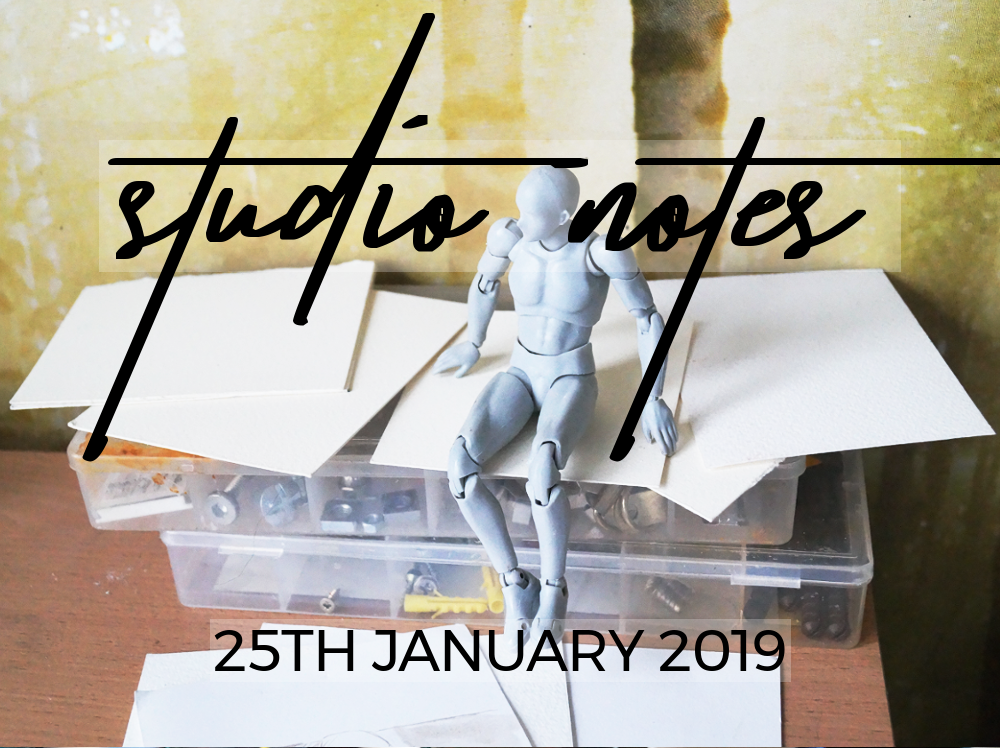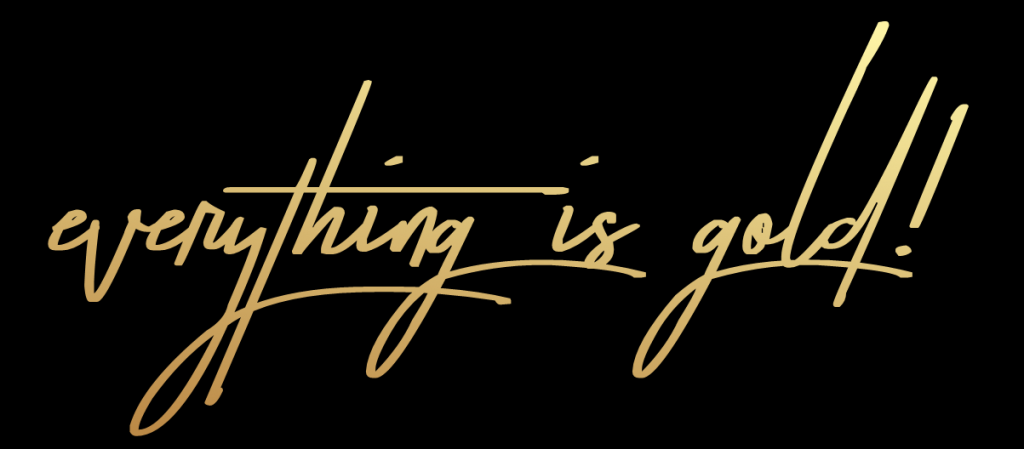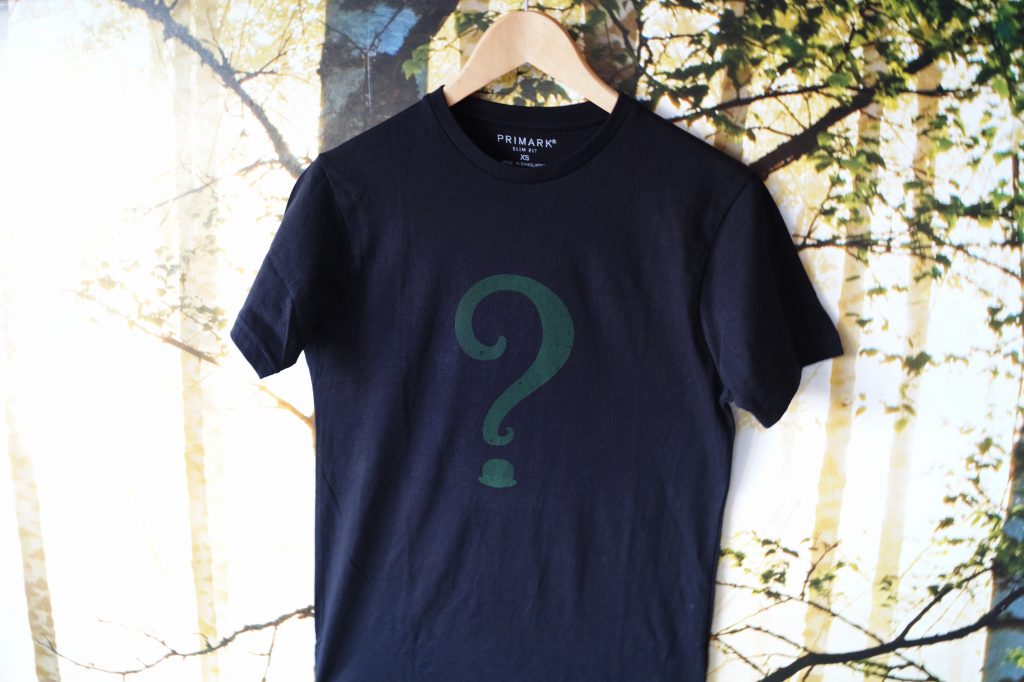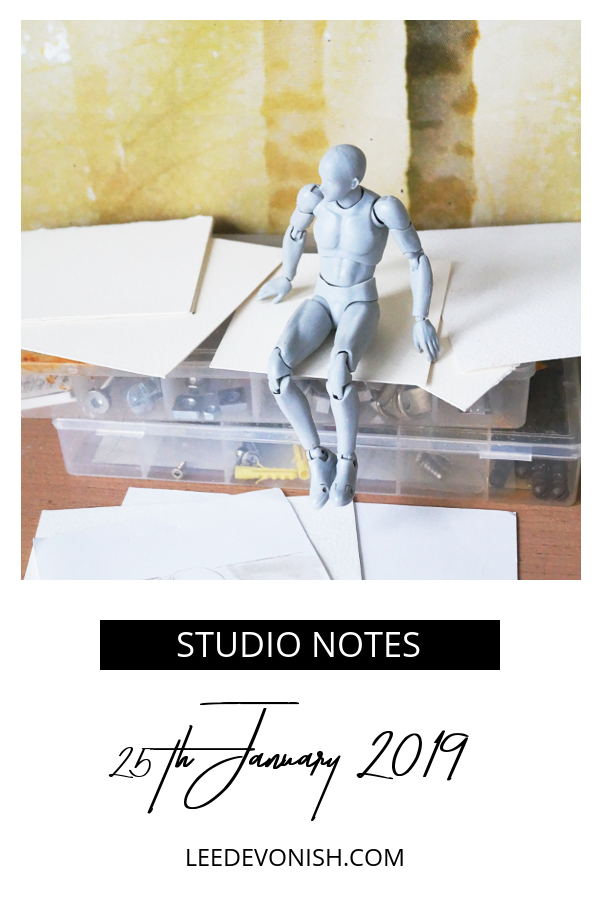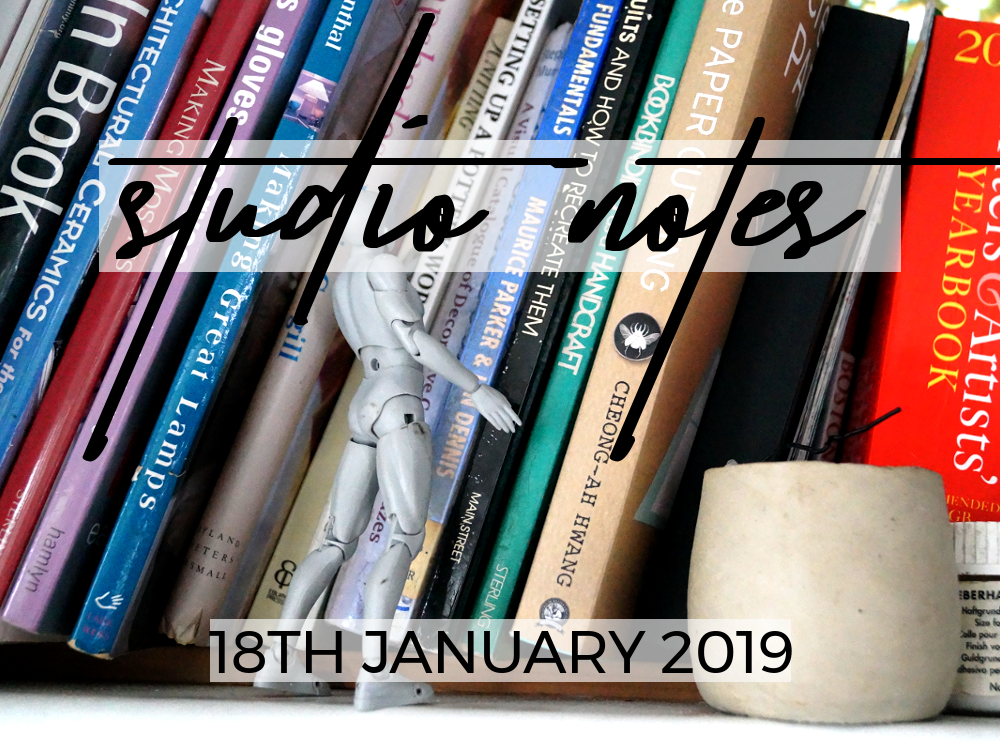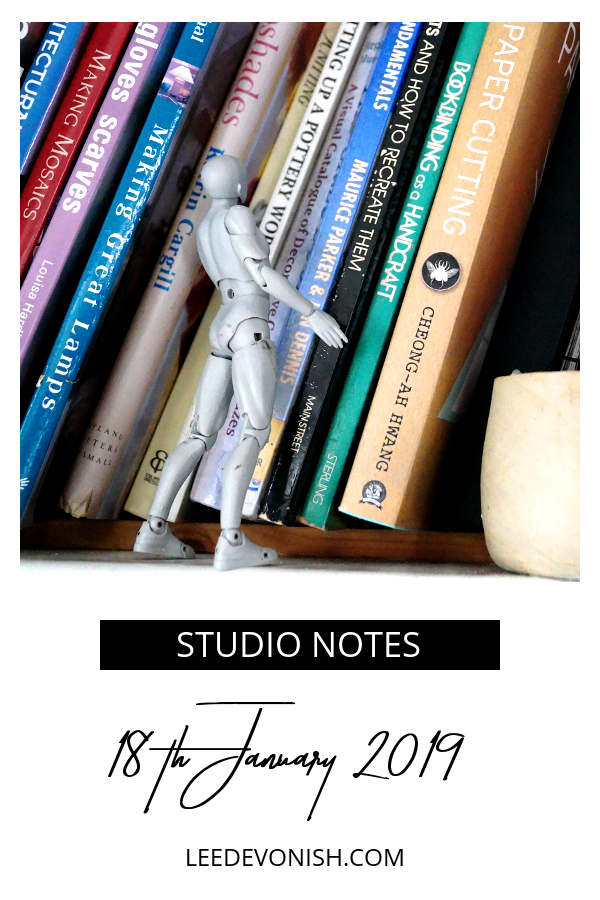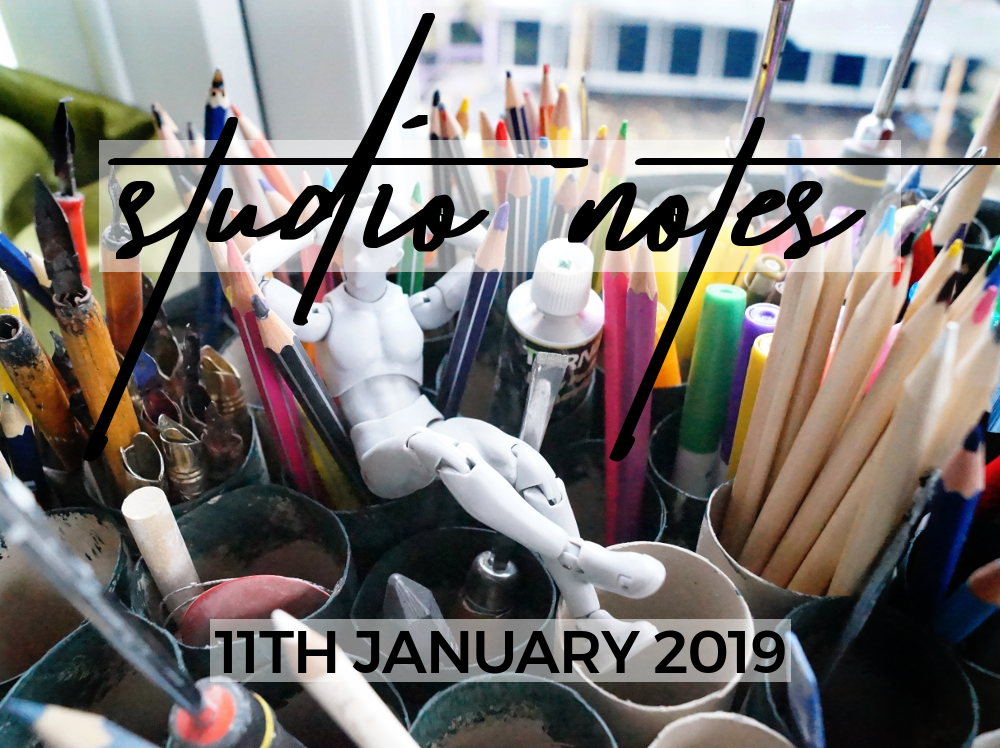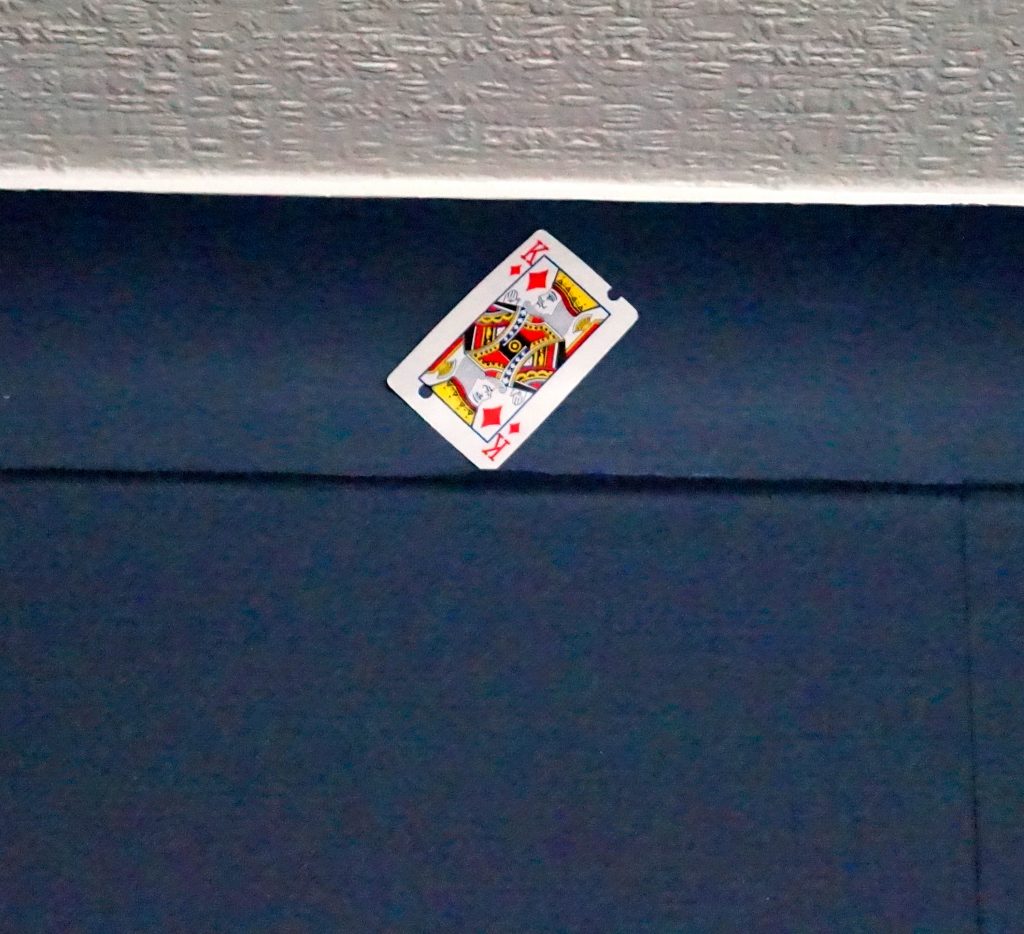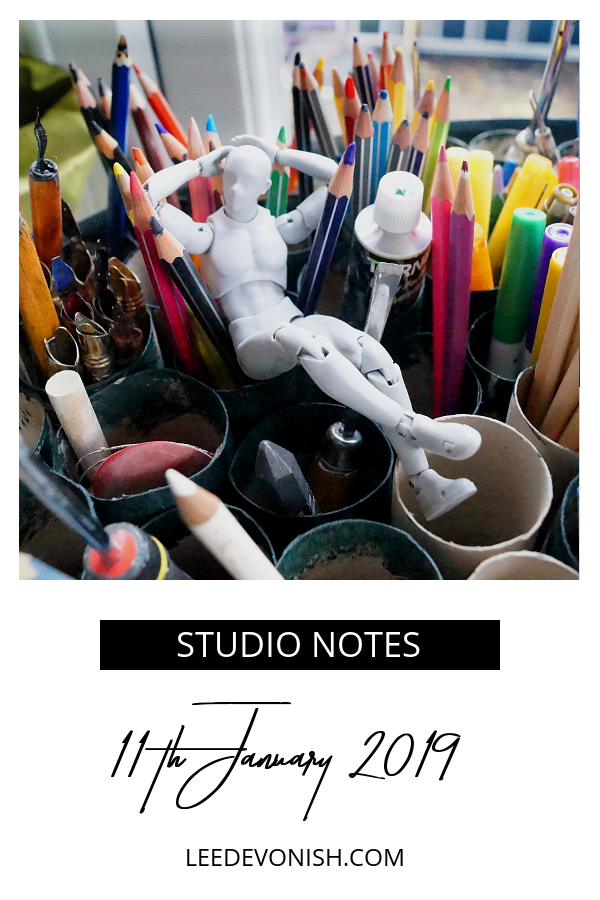Generally restless – it’s been a long time to be indoors. I can count on my fingers the trips I’ve made outside my house, and I’m starting to get a bit bored.
On the other hand, I’m recovering steadily and am now standing up straight and walking around, which means that it’ll be back to business soon! In the meantime…
Beware of commissioning beggars
I’ve been loving Reddit’s Choosing Beggars sub, where a surprising amount of entries have to do with artists getting lowballed – or just begged for free art – by tightwads.
When your client asks if you can do it cheaper. from r/ChoosingBeggars
The amount of abuse artists get just for asking for payment makes me glad I don’t chase commissions. I considered it, but decided I didn’t want that.
Our homemade book was well received…
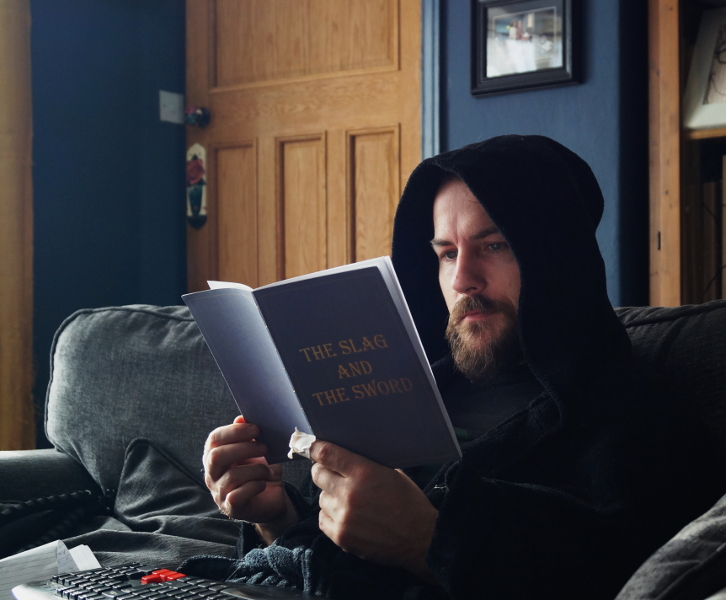
I started off well, trying to follow the instructions in an old bookbinding book I was given years ago – but the instructions went something like, “sit at a gilded table no more than 3 feet from any corner of your room, with your book placed 12 inches in front of you at a .25° clockwise angle, and commence wrigglestitching whilst a cockerel crows.”
Needless to say, I just hand-stitched the signatures and back to the best of my ability.
Finally getting somewhere with photography
About this time last year, I bought a DSLR camera, mostly to use for my other blog and to take pictures of my artwork. Of course, starting (mostly) from scratch, I had next to no idea of what I was doing and next to no idea of how to learn, so I turned to the internet.
I came across The Beginner Photography Podcast, which broke things down into fairly manageable bites. It comes at photography from a commercial point of view, focusing on wedding or event photography, but that doesn’t matter when learning about the basic technical aspects.
Besides that, it goes on to discuss aspects of running a creative business that are useful for artists as well as photographers, so I recommend it.
A year ago I didn’t really have the time to put into photography, but now I do have a bit of time where I can play around with the camera, and learn a bit more through trial and error. Even though I haven’t been actively looking up information on technique, I can tell I’m improving somewhat. Is this going to make a photographer out of me at last?
Absolutely not! But maybe it’ll make me a better artist.
